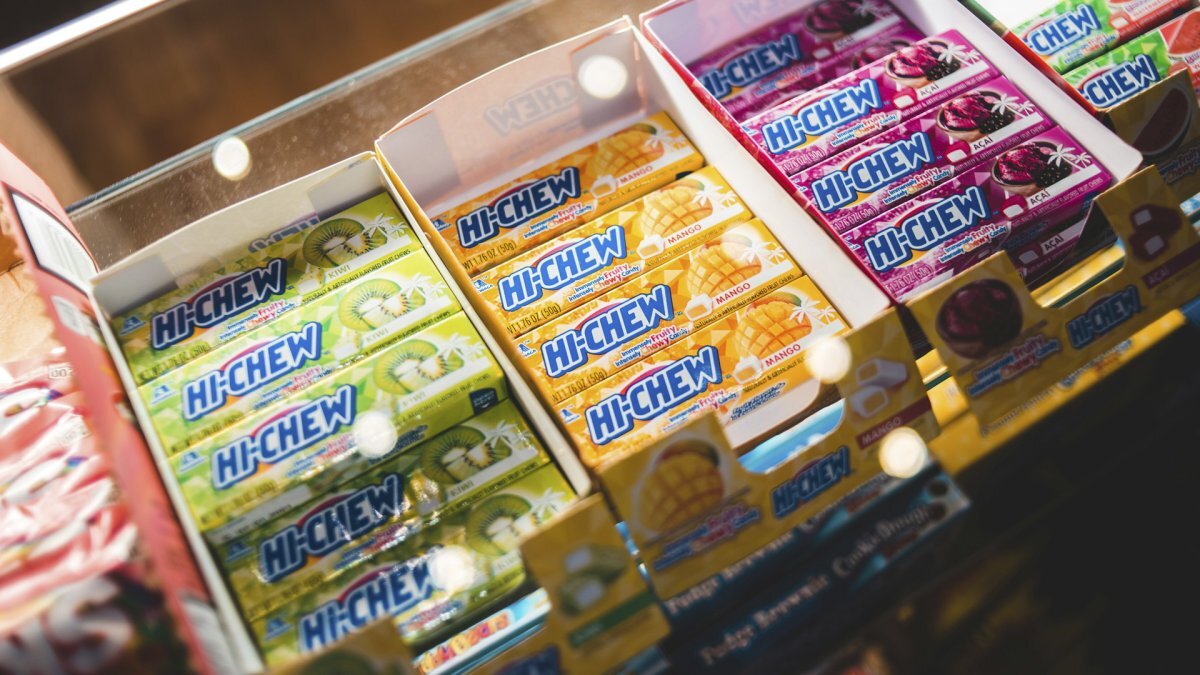A single piece of chewing gum releases thousands of microplastics when it is chewed.

We rarely stop to think about what really happens when we chew a piece of gum. Beyond the taste or the elastic texture, that simple gesture could be releasing in our mouth tiny plastic particles that we do not see, we do not notice, but they are there. A recent study by the University of California, Los Angeles (UCLA) has revealed that each gram of chewing gum may contain up to 600 microplastics, released in a matter of minutes as we chew it.
What did the researchers discover?
To reach these conclusions, the scientists analyzed ten brands of chewing gum, both synthetic and natural. The result was surprising: in all cases microplastics were detected to be released when they came into contact with saliva.
On average, they found about 100 particles per gram of chewing gum, although some samples reached up to 600 particles per gram. If we take into account that a piece usually weighs between 2 and 6 grams, we are talking about up to 3,000 microplastics released per unit, in just a few minutes.
The study also observed that 94% of these particles are released during the first eight minutes of chewing. In other words, those who tend to change chewing gum quickly end up exposed to more plastic fragments than those who prolong the chewing of a single piece.
Where do these microplastics come from?
Although it may be thought that chewing gums made with natural resins are free of this problem, the study proved otherwise. Contamination can occur during the manufacturing process, packaging or storage of the product, regardless of the base used.
Does it pose a health risk?
To date, the exact effects that microplastics can have on the human organism are not yet known. Some studies relate them to inflammatory processes, oxidative stress and possible cellular alterations, although research is still under development. What is of particular concern to the scientific community is their ability to accumulate discreetly and constantly in our tissues, with small doses coming from different everyday sources: bottled water, seafood, the air we breathe and now also chewing gum.
Although the amount ingested from chewing gum is relatively low compared to other routes, this cumulative effect - not yet fully quantified - keeps the issue under close scrutiny by researchers. There is no cause for alarm, but there are good reasons to continue to observe with caution and attention.
What can we do to reduce exposure?
It is not necessary to eliminate chewing gum from our daily lives, but some simple habits can help minimize the intake of microplastics:
- Moderate consumption: avoid chewing gum continuously throughout the day.
- Extend chewing time: prolonging the use of a single piece reduces the release of additional particles.
- Prioritize quality brands: opting for manufacturers that offer greater control over their processes and raw materials can reduce exposure.
What you don't see (but is) in every piece of chewing gum
UCLA study expands the invisible map of microplastics in our daily lives. While science continues to investigate their possible long-term effects, we can choose to make small, more conscious everyday choices. Because sometimes, even a simple piece of chewing gum reminds us of the extent to which we are surrounded by details - even microscopic ones - in our diet.
 Patricia González
Patricia González